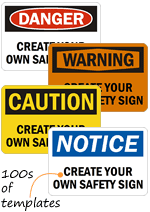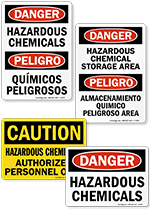Beryllium Exposure Limit and Best Practices
 Beryllium is a light metal commonly used in the aerospace industry, in jewelry (as a component of emeralds), in precision instruments, and in bomb disposal. Beryllium is a hazard to worker health and safety; OSHA estimates that 62,000 workers are potentially exposed to beryllium every year. Its primary risks are berylliosis, a chronic lung disease, and lung cancer. Acute beryllium poisoning, a respiratory disease formerly common in industry, is now rare due to modern exposure standards.
Beryllium is a light metal commonly used in the aerospace industry, in jewelry (as a component of emeralds), in precision instruments, and in bomb disposal. Beryllium is a hazard to worker health and safety; OSHA estimates that 62,000 workers are potentially exposed to beryllium every year. Its primary risks are berylliosis, a chronic lung disease, and lung cancer. Acute beryllium poisoning, a respiratory disease formerly common in industry, is now rare due to modern exposure standards.
The previous OSHA beryllium exposure limit was an outdated 40-year-old-standard of 2.0 micrograms per cubic meter of air over an eight-hour period. This old standard was not adequate to protect worker safety and health. OSHA has placed new regulations into force that reduce legal beryllium exposure levels to 0.2 micrograms per cubic meter of air, averaged over 8 hours, effective March 21, 2017. The new rules also establish a new short term exposure limit for beryllium of 2.0 micrograms per cubic meter of air, over a 15-minute sampling period.
The rules require employers to establish engineering controls and work practice controls to keep beryllium exposures below the legal limit. The new rule also requires employers to label all bags and containers of clothing, equipment, and material contaminated with beryllium. Additionally, employers must post warning signage to warn employees before they enter areas where they might be exposed to beryllium.
OSHA FAQ on the new beryllium rules: https://www.osha.gov/beryllium/rulemaking
Category: Resources












